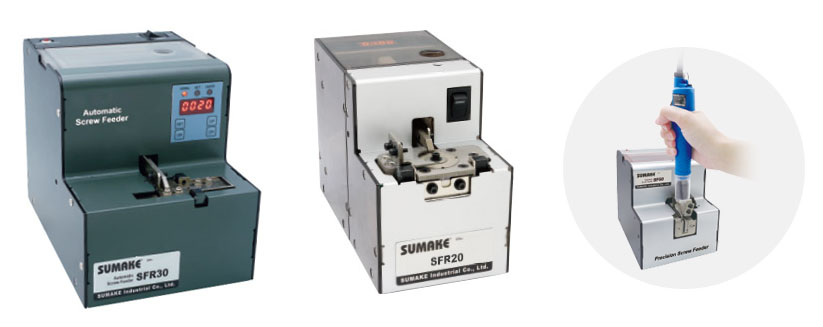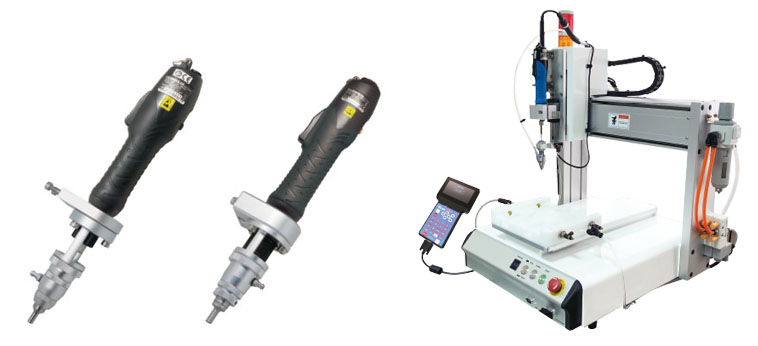What kind of Screw Feeder would meet your needs?

Choosing the right screw feeder can significantly improve your productivity, efficiency, and accuracy in your production lines. However, with so many types available on the market, selecting the right equipment can be challenging. In this article, we’ll explore key factors to consider when deciding what kind of screw feeder you really need.
1. Manual, Semi-Automatic, or Fully Automatic?
✅Manual Screw feeders: require an operator to manually pick screws, which is cost-effective for low-volume tasks or maintenance work.✅Semi-Automatic Screw feeders: automate the screw supply but still require manual driving—ideal for small to medium-scale production with repetitive processes.
✅Automatic Screw feeding Systems: handle both feeding and driving, offering high-speed and consistent performance—perfect for high-volume production lines.

2. Type of Screws and Size Range
-Different screw feeders support different screw specifications. Before choosing one, we need to consider:✅Screw size (length, diameter, head type)
✅Material (metal, plastic, coated)
If your operation uses a wide range of screws, look for a flexible screw feeder system.

3. Work Environment and Application
-Where and how the screw feeder will be used also matters:✅Vertical or horizontal surfaces: Some tools work better in certain orientations.
✅Confined spaces: Compact or right-angle designs can fit tight spaces.
✅Cleanroom or ESD-sensitive environments: Require specialized feeders that prevent static damage.
4. Integration with Automation Systems
-If you’re planning to integrate screw feeding with robotic arms or conveyor systems, ensure compatibility. Many modern screw feeders support:
✅Vacuum Pick-up accessories for electric screwdrivers.
✅PLC connectivity
✅Sensor feedback
✅Customizable feeding intervals

▲Electric screwdriver with vacuum pick-up accessories / Robot-type Automatic Screw Driving Machine
5. Maintenance and Downtime
-Choose a screw feeder that is:✅Easy to clean
✅Simple to reload and service
✅Durable for long-term use
✅Good after-service
6.Conclusion
The right screw feeder depends on your production needs, screw types, and working conditions. Whether you’re upgrading a manual process or automating an entire assembly line, matching the tool to the task is essential for long-term success.Take the time to evaluate your specific application—and don’t hesitate to consult experts or test different models. Investing in the right screw feeding system today can save you time, labor, and cost tomorrow.
SUMAKE provide a complete solution of Screw feeders, just contact us via email: sales@sumake.com.tw
or visit: https://www.sumake.com/c-489.htm

